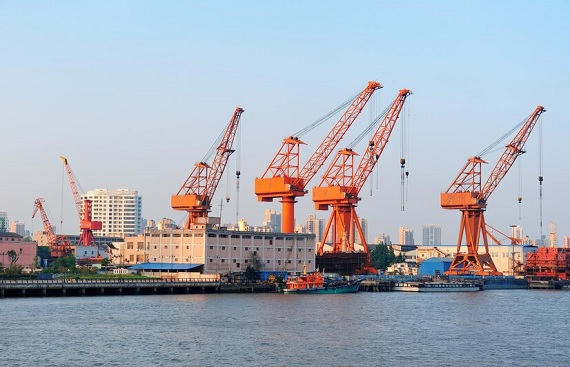Adani Ports to Raise Investment to RS 10,000 Crore for New Transshipment Terminal
By
siliconindia | Friday, 12 July 2024, 10:02:00 AM IST

Adani Ports and Special Economic Zone Ltd. would now increase its investment in Kerala's Vizhinjam transshipment container port to Rs 10,000 crore ($1.2 billion) if not more. This is the most important strategized move so far to attract some of the world's largest container ships and help India make a mark in the global maritime trade.
The inauguration of the Vizhinjam port last October was a significant effort by the tycoon Gautam Adani's group in their attempt to place India as a strategically critically important regional hub for international sea-borne trade normally controlled by Colombo, Dubai, and Singapore. The deep shipping channels and proximity to the main international shipping routes make this port an ideal location for large container vessels.
The second phase upscaling, planned to end in 2028, will see the extension of the existing 800-meter-long container berth and a rock barrier called a breakwater extended to protect the harbor from big waves. It will be the first-ever container vessel from Maersk, which is due to arrive on July 12 for a trial run, thus being a major milestone for the port.
Sources said Adani Ports has been in talks with big container lines like MSC Mediterranean Shipping Co., A.P. Moller - Maersk A/S, and Hapag-Lloyd for the use of Vizhinjam port as part of its plans to turn it into a transshipment hub. That essentially means cargo would be received in smaller ships known as feeders from various local ports and then loaded onto large mother vessels for onward shipment to final destinations.
Vizhinjam terminal will have bunkering facilities for refueling ships, and plans for increasing the number of cranes will push up the terminal's capacity. It also envisages providing a cruise terminal with an accredited capacity for big luxury liners. The comprehensive development programme thus envisages the Adani Group's commitment in giving shape to a state-of-the-art maritime facility that would meet the needs of modern shipping.
Karan Adani, Chief Executive Director of Adani Ports, had recently announced an investment of up to Rs 60 billion per annum towards capacity expansion at the port. The threefold increase in this massive outlay stems from a long-term vision wherein Vizhinjam will be one of India's cornerstones for maritime infrastructure.
The 24-meter-deep natural channel of the port, coupled with its location near the southernmost tip of India, alongside international shipping routes that carry 30% of global cargo traffic, make it a fine destiny for the world's largest ships. These attributes are going to put Vizhinjam in the international scenario of the shipping industry.
The expansion plans for Vizhinjam are barely a part of Adani Ports' much larger plan to increase India's share in the global maritime trade. It is such capacity infrastructure of Adani's Vizhinjam port, capable of handling the largest container vessels, which is likely to enable the Adani Group to capture a big market in India's shipping industry and shift some Indian cargo discharged at transshipment hubs in other countries to local native ports, thus bringing in efficiency and competitiveness.
An Adani Group representative did not immediately comment, nor did MSC Mediterranean Shipping or Hapag-Lloyd. But the developments underway at Vizhinjam reflect a sea change in India's status in maritime capabilities, catapulting it to the very forefront of new hotspots for global sea lanes.
Continued heavy investment by Adani Ports in Vizhinjam will establish the port as a nodal point in international trade, thus offering quicker and more efficient transshipment alternatives that will aid India's fast-growing economy.
Read More News :
Homegrown Indkal to Manufacture Acer-Branded Smartphones in India



